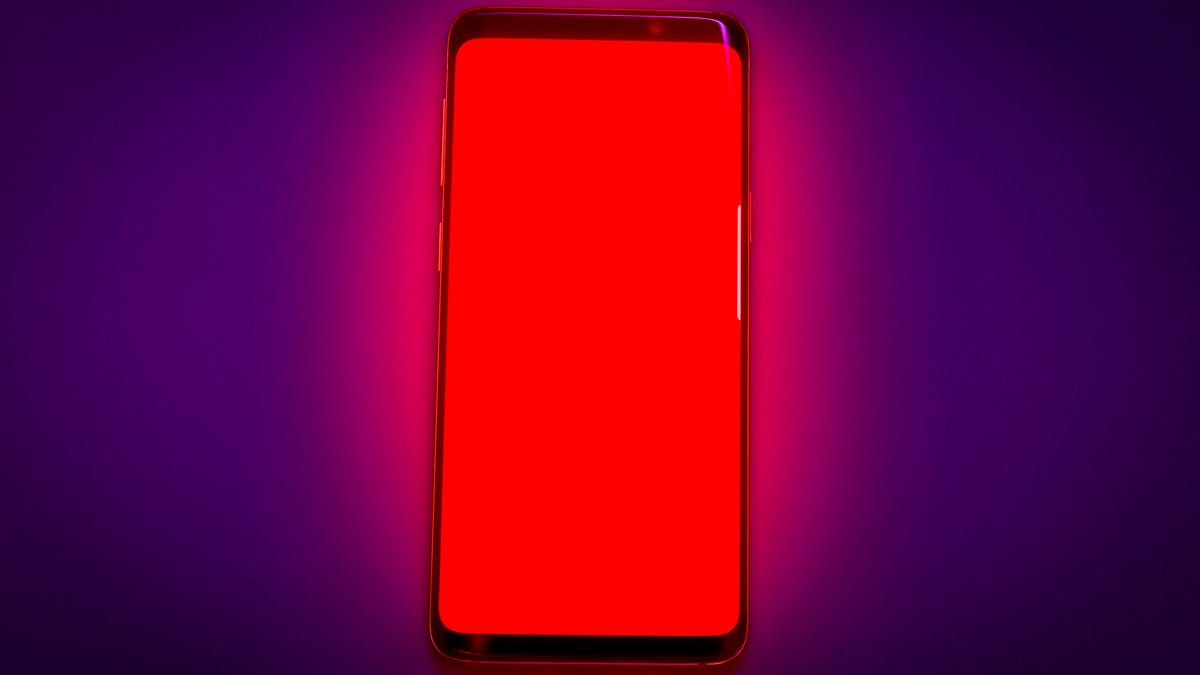Test for COVID using your phone camera? A university lab is trying it out
The method is promising and cheap, though in very early stages.

Getting shipped a handful of free at-home COVID tests from USPS was helpful, but what if you could test yourself whenever you wanted, using your phone's camera? Academic scientists have developed a testing method that just needs some affordable lab equipment and your smartphone, and early results suggest it's as accurate as PCR tests.
The system, developed by University of California, Santa Barbara scientists and described in a new paper published in the journal JAMA Network Open, needs less than $100 in relatively common equipment like a hot plate, according to Gizmodo. Thereafter, each test costs only $7, making it potentially ideal for remote communities or individuals struggling to secure PCR tests.
The method is pretty simple: Download the free app developed by scientists, Bacticount, and perch your phone over the hot plate with the rear camera facing down. You'll place your saliva into a test kit that's on the hot plate, drop in a reactive solution that will make viral RNA more noticeable to your phone's camera, and run the app. The solution will bond with the viral material (both COVID and the flu were tested in the study) and turn bright red, and the app will estimate the amount of viral load in the saliva based on how quickly the color reaction happened.
The system is called Smart-lamp, for smartphone "loop-mediated isothermal amplification," which is the heat-and-solution approach used by the UCSB scientists. It's very cheap and seems easy to set up, which is perfect for the project's goal to satisfy a need "in low-income and middle-income countries for low-cost, low-tech, yet highly reliable and scalable testing for SARS-CoV-2 virus that is robust against circulating variants."
But the method still needs plenty of vetting, as this initial study contained a very small sample of 50 symptomatic and asymptomatic patients in one Southern California area. In other words: Don't expect to be able to order Bacticount-compatible kits and do your own testing soon, especially since the app has only been calibrated to work with the cameras on Samsung Galaxy S9 phones.
Still, the system is promising, and the team behind it is continuing to improve it. First on the list is expanding compatibility with the latest Android and iOS operating systems, and then possibly getting the test cleared for public use.
"We designed the study with Emergency Use Authorization (EUA) standards in mind, and we are considering applying for an EUA for broader public use within the United States," Dr. Lucien Barnes, University of California, Santa Barbara graduate student and co-author of the paper told CNET over email. "An EUA could be authorized within several months of application."
If the system is as accurate as initial tests suggest, its affordability and scalability could be a serious asset to testing capabilities in every country as the need for COVID testing continues into 2022.

